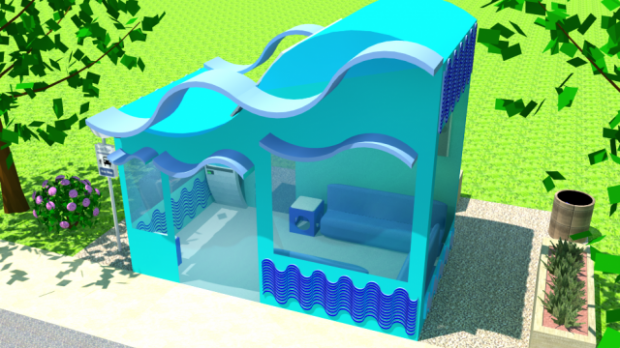
By Chris Thompson
Up until a couple of years ago, the Chicago Architecture Foundation’s strategies were pretty ordinary: tours of interesting buildings around Chicago, or publishing a high school architecture textbook.
But the foundation staff wanted to do try more interesting, a project that would compel students to really be immersed in the world of architecture and to solve a problem. They came up with DiscoverDesign, challenging students to redesign their schools, one piece at a time. Start with their lockers.
“A teenager doesn’t have much experience in a skyscraper,” says Jen Masengarb, the Foundation’s senior manager for educational research. “What really gets students worked up is my cafeteria is too dark, or I can’t fit all my stuff in my locker. For a teenager, the more riled up they get, the more they begin to imagine possibilities.”
Working under a teacher, students around the country have begun conceptualizing, redesigning, and ultimately submitting drafts for a variety of school functions: lockers, cafeterias, bike stands – even an entire technology wing. As the student thinks about what these functions have to do in order to be effective, they post each stage of their work online, to illustrate not just the final product, but the work process itself. “It’s much more than, ‘Tada! My work is done.’” Masengarb says.
The projects stimulate three essential areas of learning. Sketching and drawing out blueprints exercises art and drawing skills. Thinking about how people behave and want in, say, a technology wing provides an education in social science and government. Finally, writing up how a new tech wing would force students to organize their thoughts and present a coherent argument.

